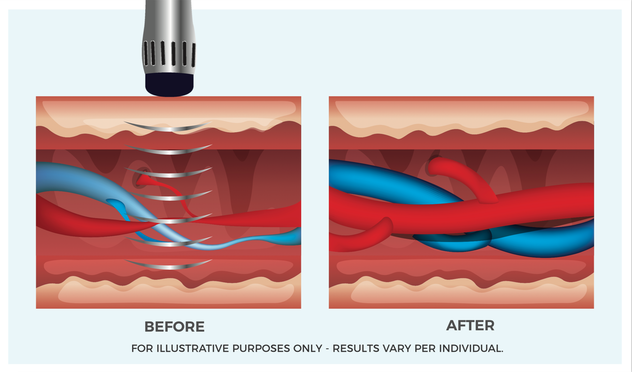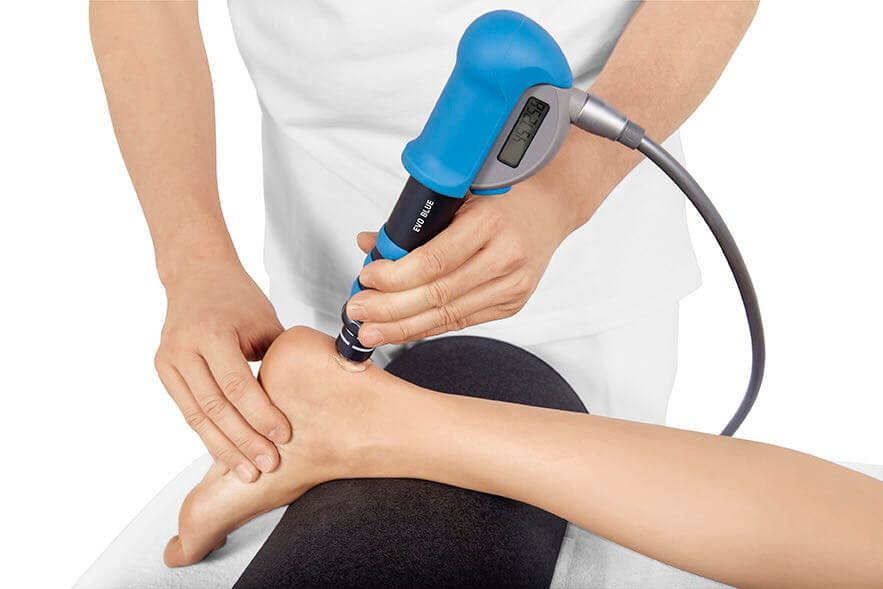Combat Impotence with a Shockwave for Erectile Dysfunction
Feeling down and tired of relying on pills medicines?
Don’t let ED hold you back more longer. Let us help you.

Feeling down and tired of relying on pills medicines?
Don’t let ED hold you back more longer. Let us help you.

Discover Linear Shockwave Therapy for Erectile Dysfunction
Erectile Dysfunction (ED) is a challenging condition that often becomes more prevalent with age, primarily due to issues related to blood flow. Experts estimate that it affects over 50 percent of men between the ages of 40 and 70. What sets Linear Shockwave Therapy apart from other ED treatment options is its unique approach to restoring the erectile mechanism, enabling natural or spontaneous erections.
The number one and first in the Philippines Non-invasive and anesthesia-free safe protocol and painless treatment
Our Advantages:



Experience the potential benefits of Linear Shockwave Therapy for enhanced erectile function and overall sexual well-being

Erectile Dysfunction Shockwave Therapy (EDSWT) is generally a painless treatment that can potentially help men regain sexual desire and satisfaction.

During the procedure, a small instrument resembling a wand employs targeted sound waves to stimulate penile tissue and enhance blood flow. This process can also accelerate the healing process. Low-intensity shockwaves have been shown to increase blood flow and promote the development of new blood vessels in the penis, which is crucial for achieving erections.
Many patients who undergo shockwave therapy for ED often experience benefits within one to three months. The initial effects, particularly during the first few weeks, can be quite noticeable. However, it’s important to note that there is still insufficient long-term research and data to determine the duration of the treatment’s effectiveness, whether its effects will eventually diminish, or if additional treatment may be necessary in the future.
